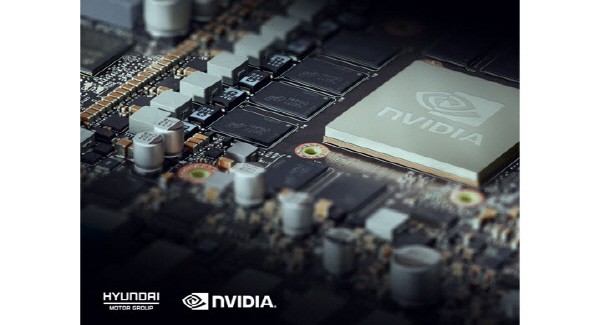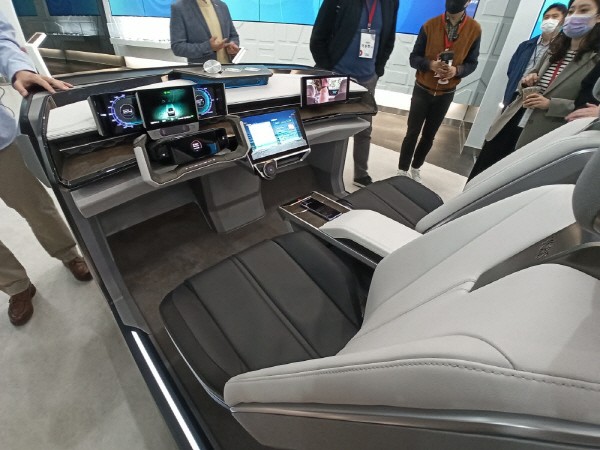Integrated control of instrument panel and AVN using self-developed ‘ccOS’
Multiple systems run separately using Nvidia Drive

Hyundai Motor Group applies a cockpit system to Genesis ‘G90’ for the first time. It is a method of integrating digital instrument panel and audio/ video/ navigation(AVN).
The ‘ConnectedCar Operating System (ccOS)’, a self-developed operating system (OS) that has been applied starting with Genesis to Hyundai Motors and Kia, was utilized. It is interpreted that the company is confident in its improved OS to a level that can be applied to the instrument panel that requires real-time performance and high reliability.
According to industry sources on the 9th, Genesis is promoting its introduction of a cockpit system in the Hyundai Motor Group to G90 for the first time. The cockpit system is supplied by LG Electronics. Hyundai Motor Group collaborated with Nvidia for a long time in R&D.

Hyundai Motor Group has applied a separate OS to AVN and the instrument panel, because the instrument panel requires real-time performance and high reliability. BlackBerry OS ‘QNX’ has an overwhelming market share, and has been used by many automakers as well as Hyundai Motor Group.
However, in the case of the Genesis G90, Hyundai Motor Group allowed the control of the instrument panel with ccOS, which is developed and expanded for the future car era. Nvidia’s high-performance information processing semiconductor,’Nvidia Drive,’controls both the instrument panel and AVN control.
Hypervisor technology is used to drive multiple systems. Hypervisor is a technology that allows Nvidia Drive to run multiple systems separately. The stability of the instrument panel, which directly affects driving safety, can be guaranteed. It is possible to ensure that the instrument panel is not affected even if the AVN fails.
From some leaked G90 spy shots, it is assumed that the instrument panel and navigation are on a single widescreen. However, there are physical boundaries that divide left and right side of the screen of the instrument panel, which gives a sense of separation of the screen to the driver.
Hyundai Motor Group is expected to expand the application of the cockpit system to luxury cars starting with G90.Hyundai and Kia plan to apply the system to the 6th-generation AVN from next year. It is assumed that Genesis will have the system applied first. Suppliers are also expected to expand from LG Electronics to Hyundai Mobis. Previously, Hyundai Mobis unveiled the next-generation integrated cockpit system ‘M.VICS’.

The G90 is a core lineup that Hyundai Motor Group will showcase for future car technologies. Level 3 autonomous driving technology will be implemented in a mass-produced car for the first time by applying two second-generation LiDARs from Valeo, a French automotive supplier, as well as radar and cameras. When the LiDARs are installed, there is a significant improvement in safety of driving, because it not only increases recognition accuracy, but also recognizes stationary obstacles.
G90 also supports over-the-air update (OTA) function. It surpasses existing navigation database(DB) update, and improves vehicle performance through updates in not only the cockpit system but also in electronic control unit (ECU) software (SW).
A Hyundai Motor Group official said, “There is no vehicle with a cockpit system yet, and we cannot confirm any specifications of G90 that haven’t been released.”
By Staff Reporter Jin-hyung Park (jin@etnews.com)
